
In front of the Buddhist Museum.
I arrived in Sri Lanka in the last days of April. Foreign tourists were taking advantage of the last days before the rainy season began in the south of the country. Famous for its long stretches of deep blue beaches, the island nation of Sri Lanka attracts a lot of Western tourists who come here to relax or surf. Compared to countries like Indonesia or the Philippines, which are also famous for their many beach paradises, the number of Asian tourists to Sri Lanka is somewhat smaller.
However, there are still a number of Asian tourists coming to Sri Lanka, not necessarily because of the beauty of the sea and nature but because of the spiritual beauty of the Buddhist structures.
My flight to Sri Lanka transited in Malaysia and did not see many Vietnamese tourists. Apart from a few individual backpackers like me, there were one or two small groups of pilgrims.
Although I did not intend to choose Sri Lanka before the Vesak season, I still visited many famous Buddhist structures in this country. Buddhism has been present in Sri Lanka since the 3rd century BC, one of the earliest countries to introduce Buddhism from India. According to historical records, Buddha Shakyamuni visited Sri Lanka 3 times during his life. After thousands of years of history, Sri Lanka still retains important Buddhist historical structures to this day.

Lotus and water lily flowers are offered by people in front of the main hall of the Buddha Tooth Relic Temple.
From the capital Colombo, I spent the first half of my trip exploring the sea and famous national parks of Sri Lanka. The first Buddhist monument I visited was the Temple of the Tooth (Sri Dalada Maligawa) in the city of Kandy, Central Sri Lanka. Kandy is the starting point for the world- famous Kandy - Ella train but is also the place where the tooth relic of Buddha Shakyamuni is kept. After many historical upheavals, from the Kalinga kingdom of India about 1,600 years ago, the tooth relic of Buddha was officially kept in Kandy - the last capital of the Kandy Kingdom (1469 - 1818).
Most of the time, the Buddha tooth relic is placed in the main hall and visitors can only worship from afar. Only when important events take place, the public can admire the Buddha tooth relic. In the days near Buddha's birthday, the number of local Buddhists coming to the temple to offer flowers increases. The main hall is filled with the gentle fragrance of lotus flowers, water lilies... Tourists try not to affect the sacred space and the flow of worshipers.
In the grounds of the Buddha Tooth Relic Temple, there is also a Buddhist museum, which stores information about Buddhist imprints in many countries around the world. In addition to the first floor displaying general Buddhist history information, the second floor is divided into many rooms for each country to introduce Buddhist highlights in their country. The Vietnam room also briefly introduces relics such as the One Pillar Pagoda, Dau Pagoda... important Buddhist works bearing the local imprint of Vietnam.
Leaving Kandy, my next destination was Dambulla, located about 70 kilometers north of Kandy. Dambulla is famous for the Cave Temple with its system of temples and massive, magnificent Buddha statues, along with giant paintings painted on the walls and ceilings of the caves. Not being a Buddhist expert, I listened to the guides at the Cave Temple explain the stories of Buddha Shakyamuni depicted in the murals. There are an estimated 153 Buddha statues, 3 statues of Sri Lankan kings and 4 statues of gods.
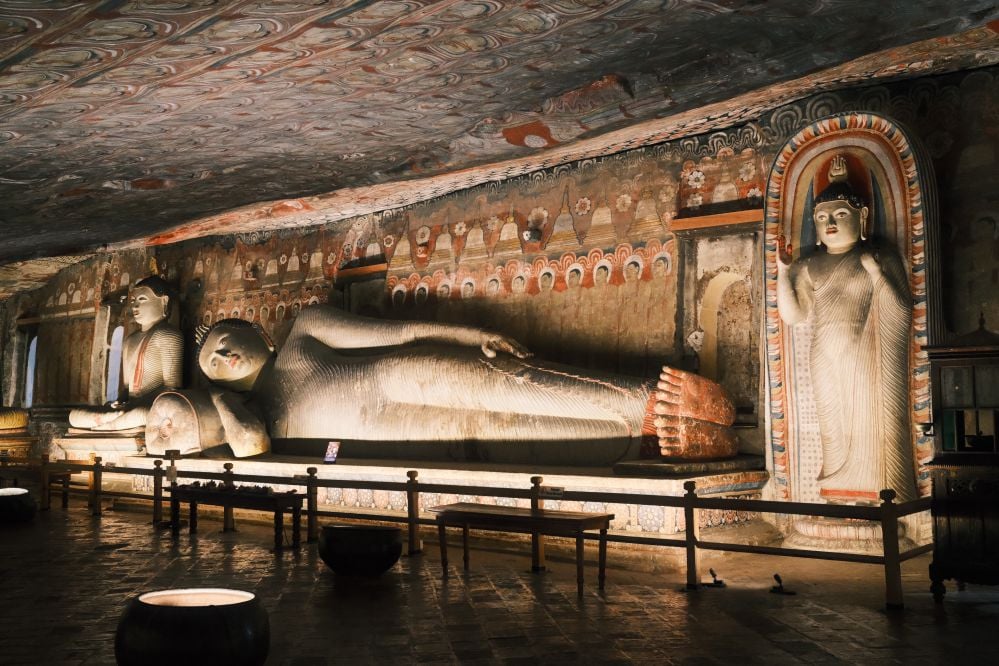
Buddha statues and murals inside Hang Pagoda.
Climbing hundreds of stone steps to reach the Cave Temple, I was deeply moved when entering the cave, admiring the beauty of Buddhist art as well as the imprint of history. The temples are said to have existed for more than 2,000 years, taking visitors back in time. Not only is it a UNESCO World Heritage Site, the Cave Temple is a testament to the prosperous development of Buddhism in Sri Lanka with special imprints that are hard to find anywhere else in the world.
Continuing my journey to explore the famous Buddhist monuments of Sri Lanka, the inter-provincial bus took me from Dambulla to Polonnaruwa - one of the famous ancient capitals of Sri Lanka, forming a cultural triangle with Anuradhapura and Kandy.
Unlike the Temple of the Tooth Relic or the Cave Temple, you have to spend at least half a day to fully explore the Polonnaruwa relic complex. The hot weather of 35 - 36 degrees Celsius in Sri Lanka in early May did not deter us. I rented a bicycle at the entrance gate and paid the entrance fee of 30 USD (about 700 thousand VND), then I started my journey to explore Polonnaruwa.
Polonnaruwa is the second largest Buddhist center in Sri Lanka, after the ancient capital of Anuradhapura. It was recognized by UNESCO as a World Cultural Heritage in 1982. Compared to many other Buddhist structures in Sri Lanka, Polonnaruwa still preserves many relics quite well, demonstrating the pinnacle of Buddhist architecture and sculpture from hundreds of years ago.
It is not difficult for you to find reviews of the monuments you should visit here to avoid getting lost on your cycling journey. The most impressive thing for me is the ancient Gal Vihara temple - almost the last stop for tourists in the complex. With 4 statues carved on a large rock, visitors can admire the famous postures associated with Buddha in many historical periods, from the statue of Buddha meditating on a lotus throne 4.6m high, the statue of Buddha standing on a lotus throne 6.9m high, or the statue depicting Buddha in nirvana in a reclining position 14m long. Although the space is very crowded with tourists, I still feel a peaceful atmosphere when looking at the statues that are carved delicately and vividly.
Visiting Buddhist monuments in Sri Lanka before Vesak season - though unintentionally, brought me many emotions. I realized that, without being a Buddhist, the shade of wisdom and compassion from Buddha Shakyamuni still makes every visitor feel calm when looking at themselves in history. More than a religion, Buddhism is a Way, a path of enlightenment for each person to find for themselves the great meanings of this life.
Source: https://laodong.vn/lao-dong-cuoi-tuan/mua-vesak-tham-mien-phat-giao-sri-lanka-1504092.ldo


![[Photo] Unique art of painting Tuong masks](https://vphoto.vietnam.vn/thumb/1200x675/vietnam/resource/IMAGE/2025/11/14/1763094089301_ndo_br_1-jpg.webp)

![[Photo] Unique architecture of the deepest metro station in France](https://vphoto.vietnam.vn/thumb/1200x675/vietnam/resource/IMAGE/2025/11/14/1763107592365_ga-sau-nhat-nuoc-phap-duy-1-6403-jpg.webp)





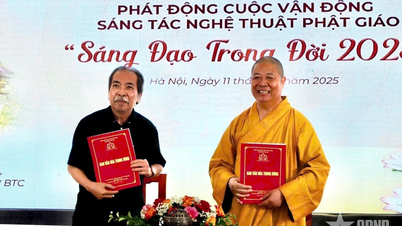





















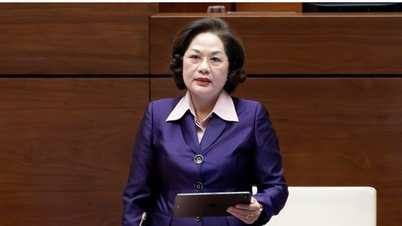

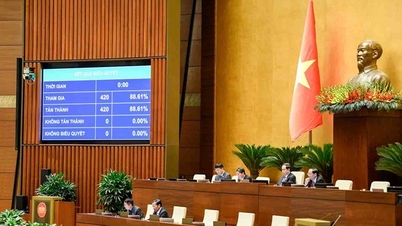
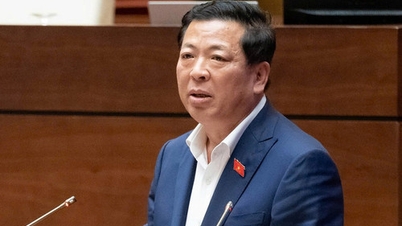



![[Photo] Special class in Tra Linh](https://vphoto.vietnam.vn/thumb/1200x675/vietnam/resource/IMAGE/2025/11/14/1763078485441_ndo_br_lop-hoc-7-jpg.webp)







































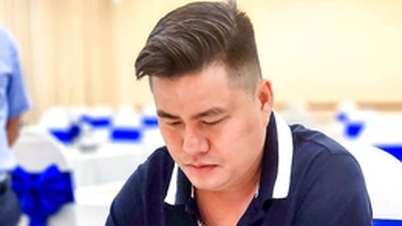



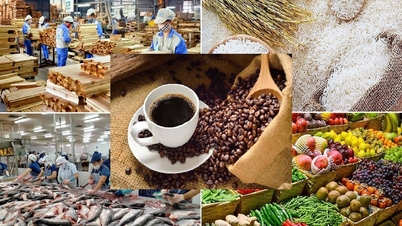


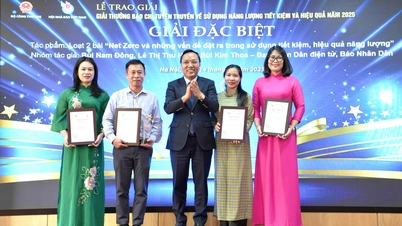

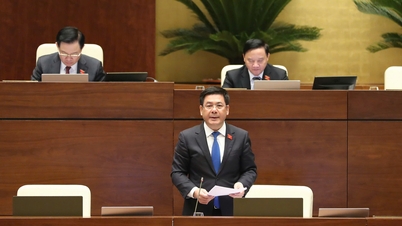







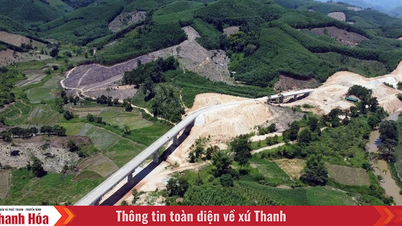














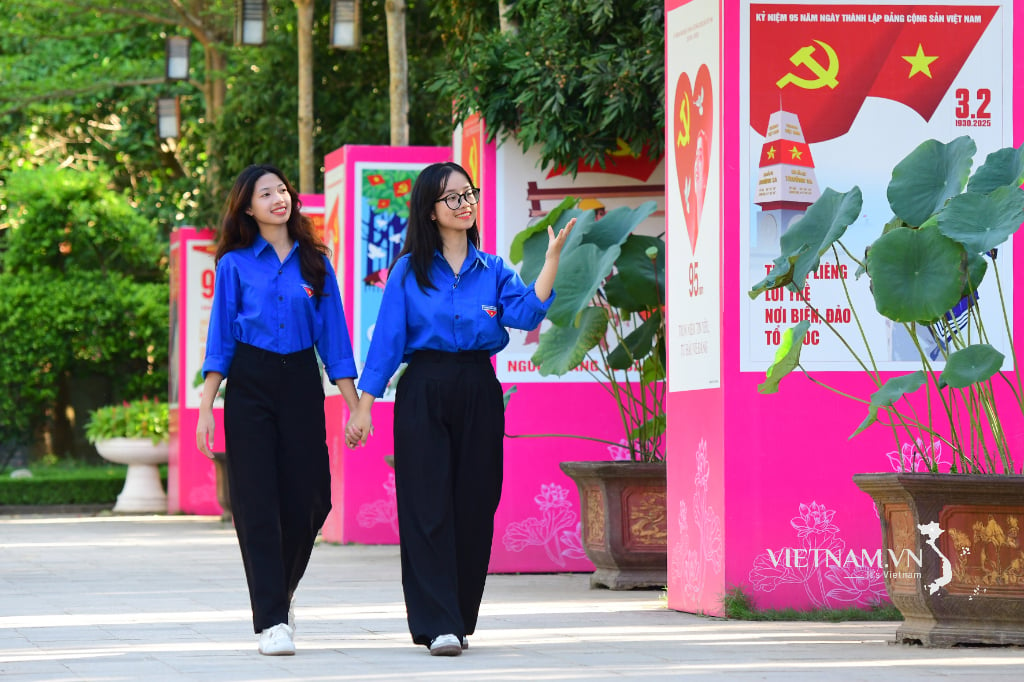
Comment (0)